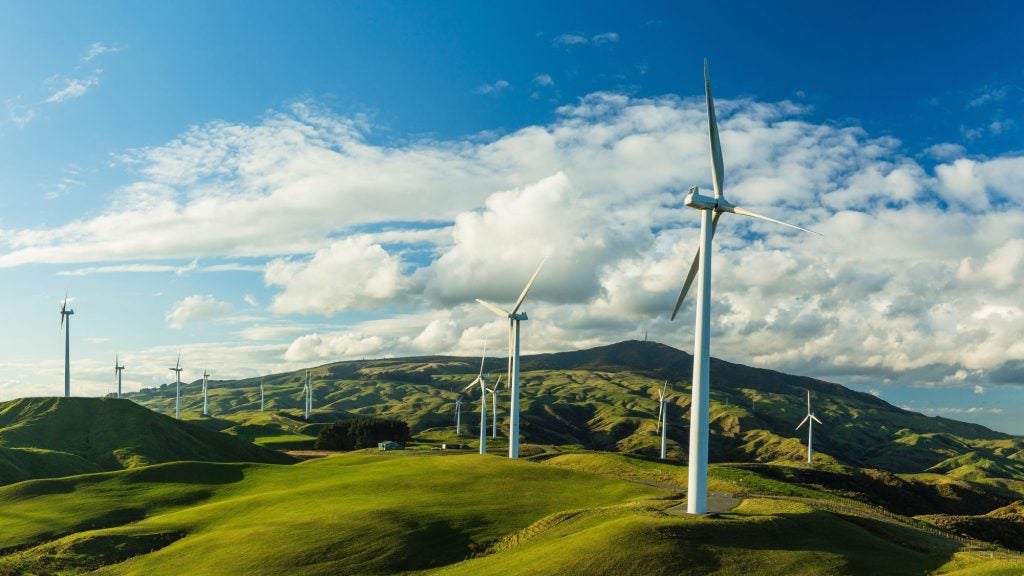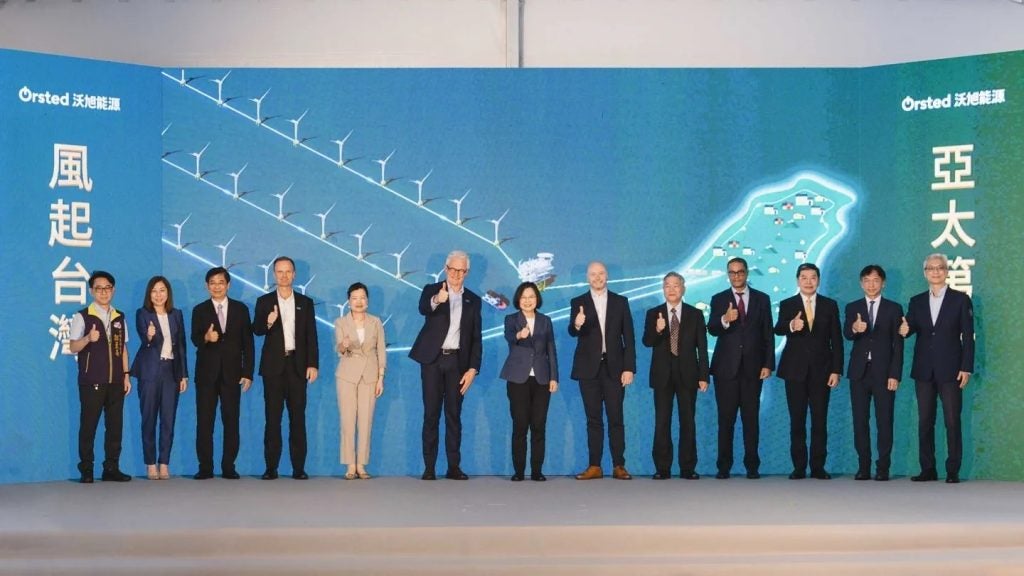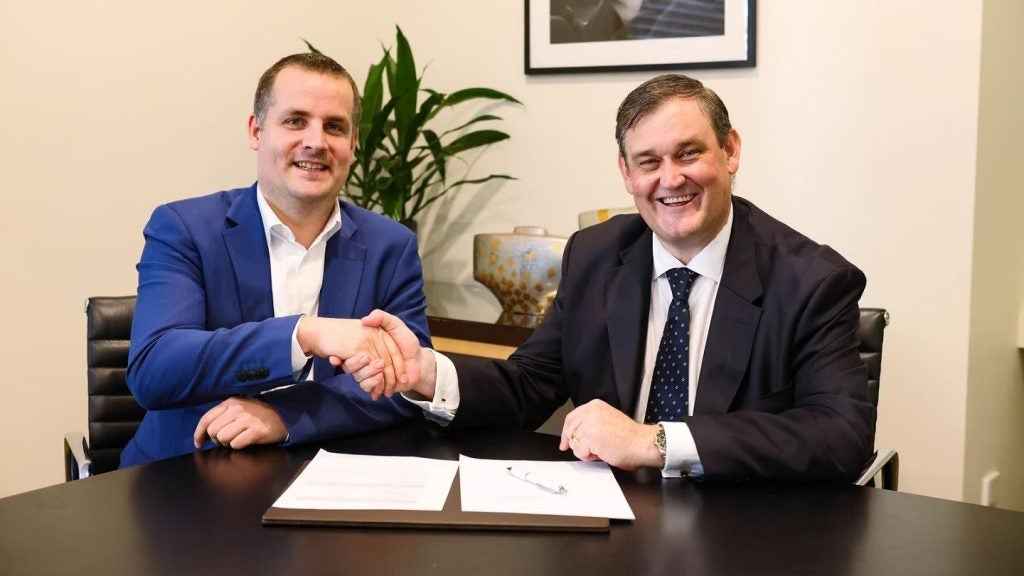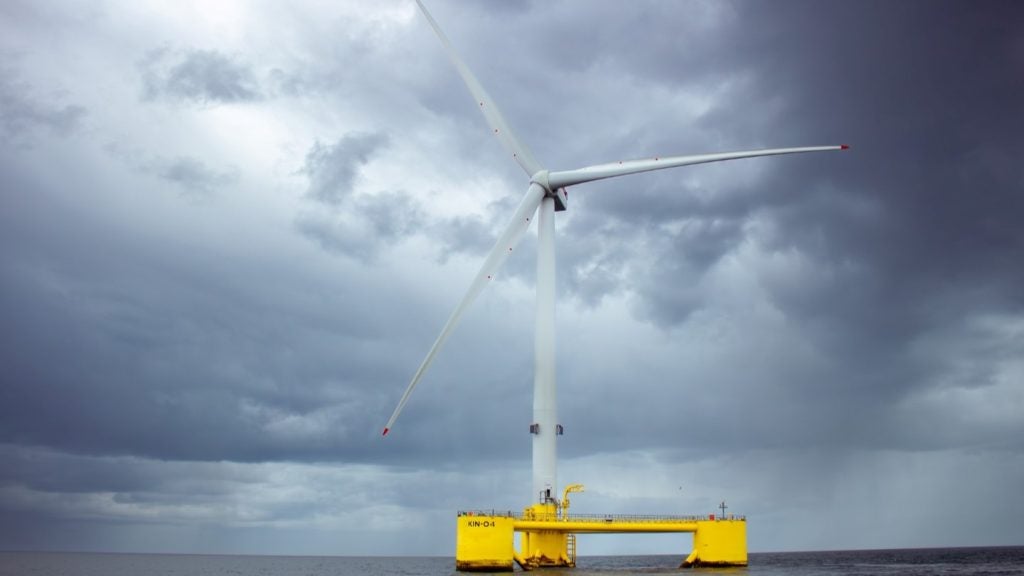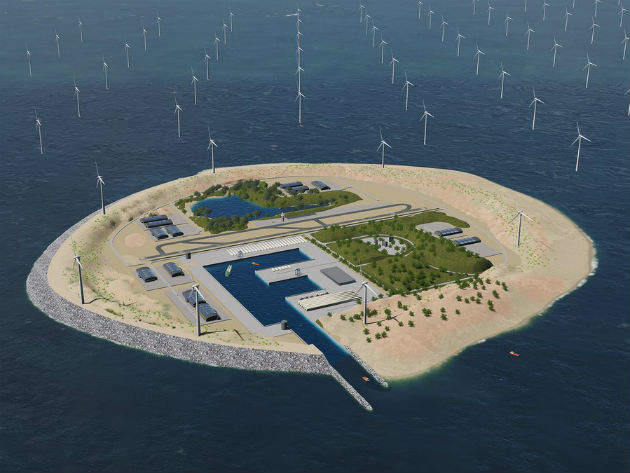

At this year’s North Sea Energy Forum, Dutch energy company TenneT TSO BV, Danish Energinet.dk and Germany’s TenneT TSO GmbH signed a memorandum of understanding (MoU) to advance plans for a North Sea Power Hub.
The project, conceived by TenneT, will see 100GW of wind power capacity installed in the North Sea in a daisy chain of linked turbines. These would connect to a hub, being an artificial island created specifically for running and managing the turbines and their output. Energy generated from the island would be supplied through subsea cables to Denmark, Germany, the Netherlands and the UK.
This will be one of the first projects to make use of a political agreement made on 6 June 2016 by the North Sea region’s countries of Belgium, Denmark, France, Germany, Ireland, Luxembourg, the Netherlands, Norway and Sweden, to strengthen energy cooperation. It’s hoped that collaboration will help with energy infrastructure, maximising space and promotion of large-scale wind power.
A colossal undertaking, the North Sea Power Hub has already drawn the attention of the power industry. “Once realised, this one project alone – and I hope there will be others – will be not a hop forward; it will be an Olympic jump,” said vice-president of the European Energy Union, Maroš Šefcovic, in a recent speech.
How well do you really know your competitors?
Access the most comprehensive Company Profiles on the market, powered by GlobalData. Save hours of research. Gain competitive edge.

Thank you!
Your download email will arrive shortly
Not ready to buy yet? Download a free sample
We are confident about the unique quality of our Company Profiles. However, we want you to make the most beneficial decision for your business, so we offer a free sample that you can download by submitting the below form
By GlobalDataSee Also:
Offshore wind hubs
The concept is modular; with each island a single component, linked in an expandable network of turbines with the possibility of adding more connected islands as the project grows. The islands will be roughly 6km², and house technicians to provide maintenance and lower operational cost. Multiple windfarms of around 30GW can be connected to one central island hub. Crucially, they will also convert energy from AC collected from the turbines to DC, allowing the electricity to travel the large distances to land without loss of power.
“A central location, like on the Dogger Bank, where the waters are shallow and the wind is very strong all the time keeping efficiency very high solves many of the problems associated with wind energy far from land,” says TenneT spokesperson Jeroen Brouwers. “We will create some kind of a hub,” he adds, “where you can install converters, windfarms will be directly connected to those converters, and the converters will change the AC power into DC power to be able to transport it for long distances.”
Windfarms require vast amounts of space, which is readily available at sea, particularly in shallow areas suitable for construction, such as the proposed Dogger Bank site in the North Sea. However, the opportunity for building converters, together with the proximity of a maintenance area in the hub mitigates many of the problems associated with wind projects far from land.
However, the opportunity for building converters, together with the proximity of a maintenance area in the hub mitigates many of the problems associated with wind projects far from land.
The Wind Connector – a vast network of interconnected energy transmission cables – is an essential part of the proposed North Sea Power Hub. It will require many miles of subsea cabling to transfer power from the islands to the mainland, but TenneT has come up with a secondary purpose for these cables. Utilisation of connection between current windfarms and the mainland is around 40% because often there is no wind or turbines are down for maintenance. TenneT is proposing a much higher use of these cables, employing them as interconnectors between the linked countries, allowing the company to trade power. TenneT claims this will bring utilisation up to 100%, as well as providing valuable international infrastructure.
Europe’s growing demand for power
Europe is a world leader in both offshore and onshore wind energy, boasting 153.7GW of installed wind capacity. Efforts to scale-up reliance on renewable sources such as wind have vastly increased over the past few years, as countries scrabble to keep global warming within 2% of pre-industrial temperatures. Last year, in Europe alone 12.5GW of new renewable capacity was built, of which 1,567MW was offshore wind.
“When you look at the climate goals and you look at the need they create for renewable energy production, it’s clear,” says Brouwers, “You need large-scale renewable electricity production that will come in part from solar PV. But when you say solar PV you also automatically say wind because wind and sun energy are complimentary during the year.”
Wind power is now the second biggest source of power in Europe, but more is needed to slow global warming, particularly as energy demand continues to increase. For Europe to meet current goals, it will need an additional 2,000GW of PV, according to the Delft University of Technology and approximately 600GW more wind energy, says the European Wind Energy Association (EWEA).
Cooperation throughout Europe will be essential to reach these targets and ensure a consistent, efficient power source and infrastructure. “The North Sea offshore energy project has a genuine European spirit,” said Šefcovic, adding that, “This project could not happen by one country alone, perhaps not even by two. It requires our joint efforts.”
Big challenges for a big project
A project this ambitious will undoubtedly face myriad obstacles, not least of all financing. TenneT is already sourcing investors and partnerships, such as that with Energienet.dk, to procure funding for the hub. Construction, which isn’t expected to be completed until 2050, will undoubtedly be expensive, but TenneT argues that construction of the island minimises many long-term costs, including transportation and maintenance.
The recent agreement between TenneT and Energienet.dk is an important step forward financially. “The declaration was very significant in terms of cooperation in planning, giving visibility to investments and aligning standards and regulations,” said Šefcovic, as “the signature between TenneT and Energienet.dk sent a strong signal of concrete progress among the stakeholders.”
A truly international project, its potential to bring clean energy to numerous countries is both a positive move and a challenge for the North Sea Hub. “This is exactly what the story of Europe's integration has always been about: doing together what we cannot achieve alone,” said Šefcovic. “Pooling our resources and know-how at a European level on challenges which are too great to surmount otherwise,” he added.
But this brings with it regulatory issues, as the energy generated must meet the standards of at least six North Sea countries. “The biggest challenges are the regulations in the different countries,” says Brouwers, explaining that “all the countries have different kinds of regulations, different rules, so that's the main challenge”. This is further complicated by the distance the electricity may have to travel, perhaps traversing several countries to reach its final destination.
However, TenneT is confident that of all the hurdles anticipated, this will not include technology. “Technical challenges are high but not that high” he says, as “it's all existing techniques; we only need to make it bigger.”
Despite the challenges the North Sea Power Hub faces, there are hopes that its success could be the first of many similar projects. “It took a deep psychological change to realise that the North Sea is not an infrastructure barrier,” said Šefcovic. “On the contrary,” he added, “it is a tremendous source of renewable and sustainable energy. I salute those pioneers who were the first to recognise that. And I hope that this will be source of inspiration for other regions such as the Baltic Sea / BEMIP region.”




